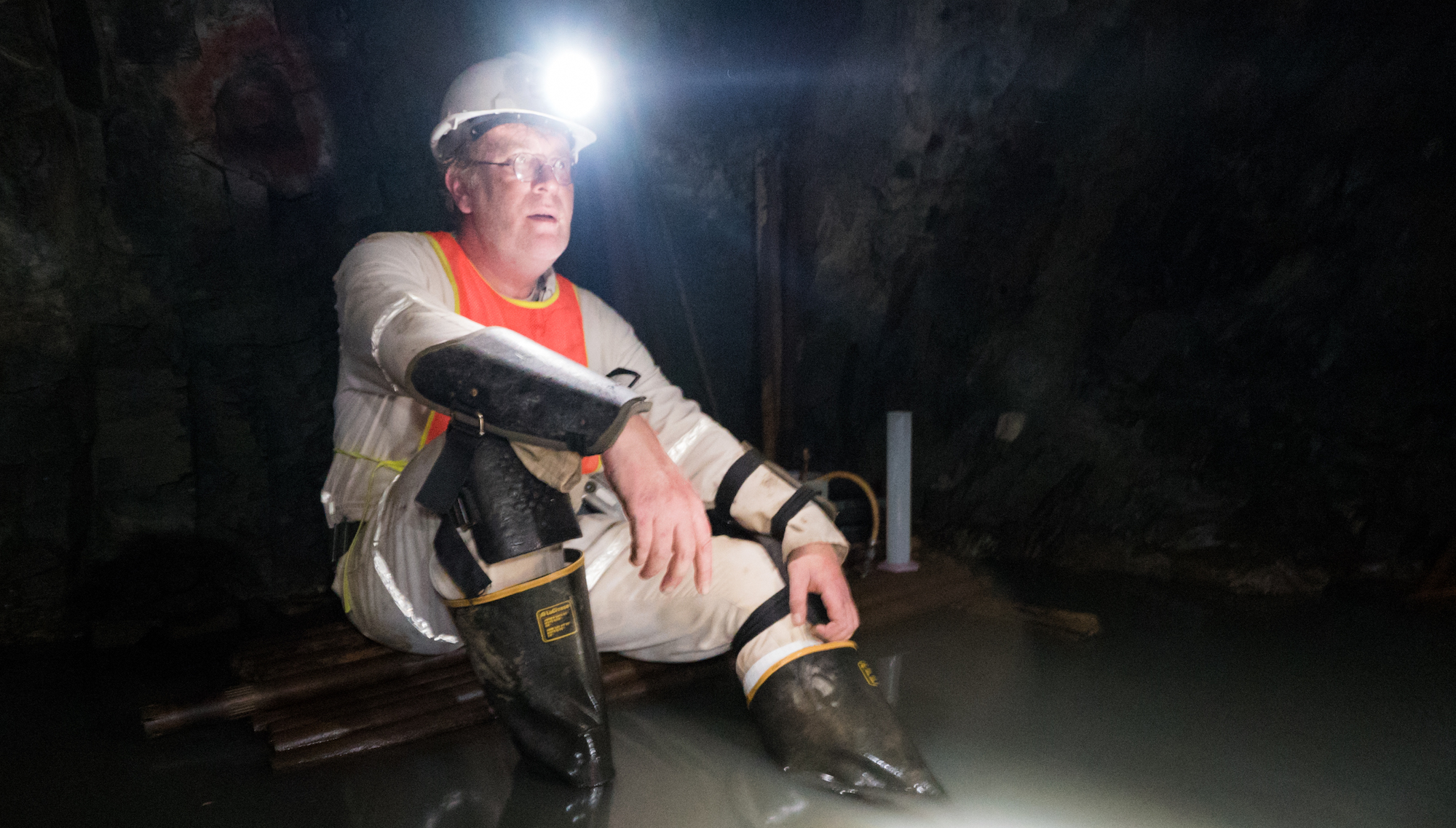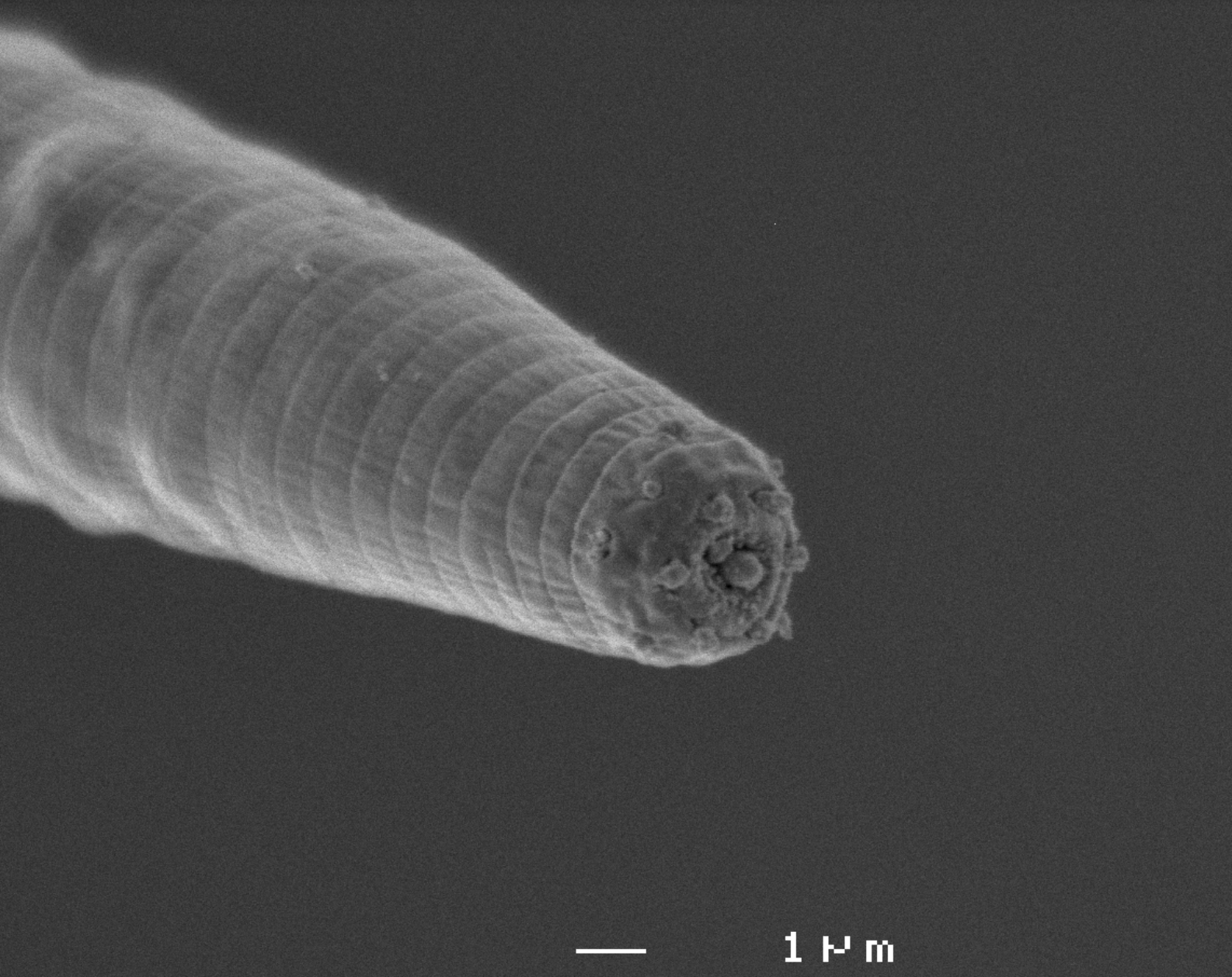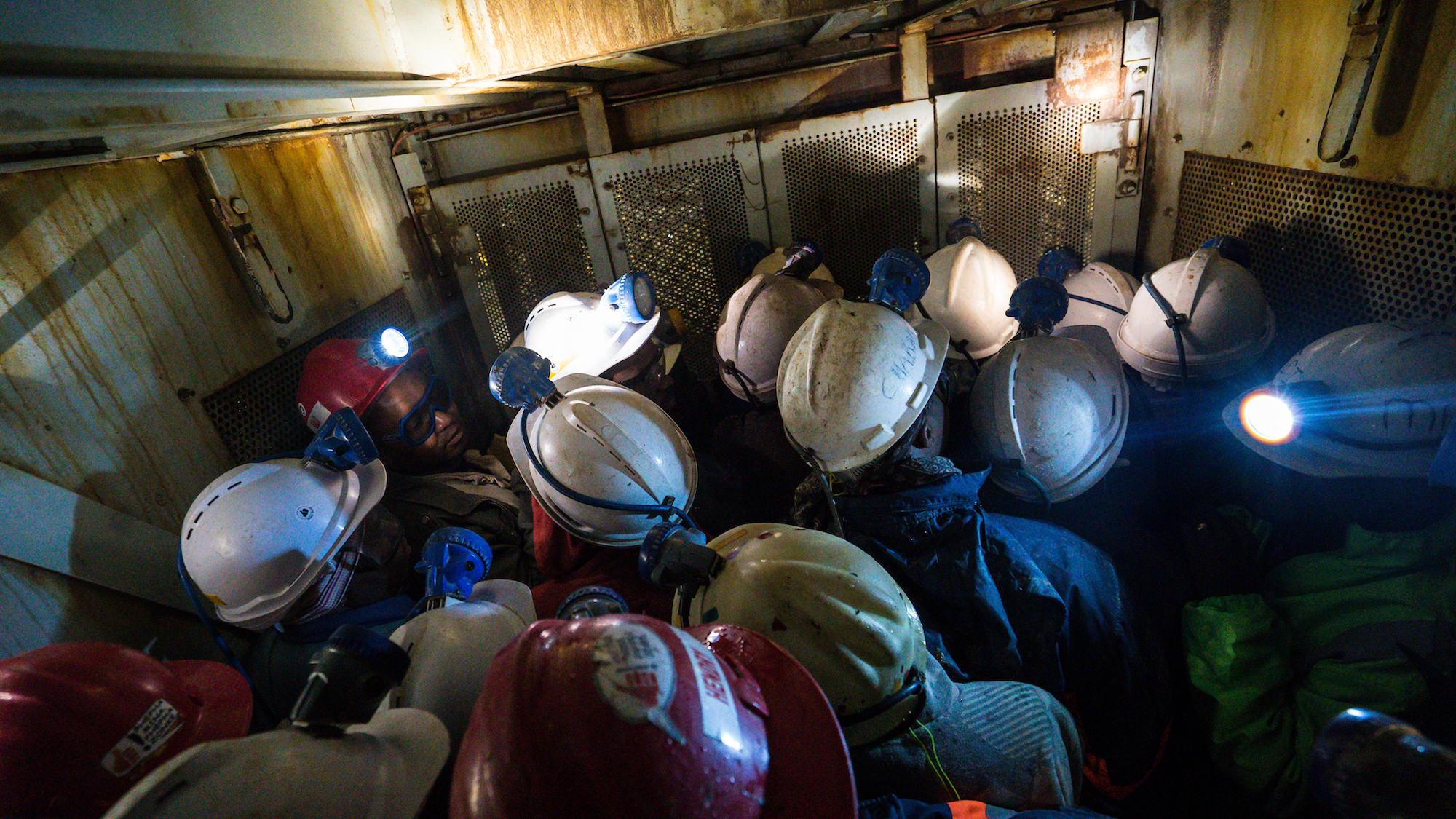Deep Inside a Gold Mine With the Researcher Who Found the ‘Devil Worm’
Credit to Author: Caroline Haskins| Date: Thu, 19 Oct 2017 19:50:39 +0000
Traveling 4,600 feet underground into the tunnels of South Africa’s Beatrix Gold Mine is not for the faint of heart.
The only light comes from headlamps, casting only enough light to show the ground a few meters ahead. Stray beams outline the tunnel’s jagged walls and ceilings. Water trickles in a shallow stream and rushes behind the walls. But none of this bothers Gaetan Borgonie, a Belgian zoologist who has dedicated his own life to finding organisms that survive in nature’s most inhospitable conditions.
In June, Motherboard accompanied Borgonie on his first trip back to the Beatrix Gold Mine since 2015. He was searching for “mephisto worms,” microscopic extremophiles that can survive being frozen in liquid nitrogen, having almost no oxygen, and being dropped from a height of 65 kilometers.
After discovering live mephisto worms almost 12,000 feet underground in 2009, Borgonie’s research team nicknamed it “the Devil Worm.” They are a type of nematode. When news of his research got out, the name stuck.

“I would not call the Devil ‘invincible,'” Borgonie told Motherboard. “But it is a very tough animal.”
Borgonie’s love for mephisto worms is inseparable from his curiosity about Mars. He believes that if there is life on Mars, it would exist like mephisto worms: quietly thriving deep underground.
“I am fascinated by the planet Mars,” he said. “On the surface, finding life will be highly improbable. If life exists on the planet, it will be deep underneath the surface.”
While I didn’t accompany Borgonie to the Beatrix Gold Mine, I had the chance to meet him on Wednesday in a Skype call. He told me that over the past four months, he’s been analyzing the samples he collected in June—and he’s been planning another trip to South Africa in early 2018. But this trip wouldn’t be to the Beatrix Gold Mine—instead, Borgonie hopes to search for nematodes at the surface of hot springs across the country.

“A few years ago, we [found] a worm deep underground that turned out to be only known to marine water,” he told me. “It was found in the middle of South Africa underground, where there is no sea. The question is, how did it get there in the first place?”
Borgonie said that eons ago, South Africa was underwater. As the water receded, nematodes could have sunk underground in pockets of salt water. Finding nematodes at the surface of hot springs isn’t just about investigating the past, he said. It’s about the future.

If a catastrophe such as an asteroid collision wipes out all life on the Earth’s surface, Borgonie theorizes that nematodes and other extremophiles could emerge through hot springs and kickstart life on the surface.
“Nematodes can survive almost anything,” Borgonie told me. “What I’ve learned over the years is that ‘impossible’ is a word that cannot apply to biology. Life always finds a way.”
In other words, Devil Worms could be the Adam and Eve of a barren, humanless Earth.
Dear Future is a partnership with CNET that will explore the people, companies, and communities that are ushering in the future we were all promised. Follow along here.